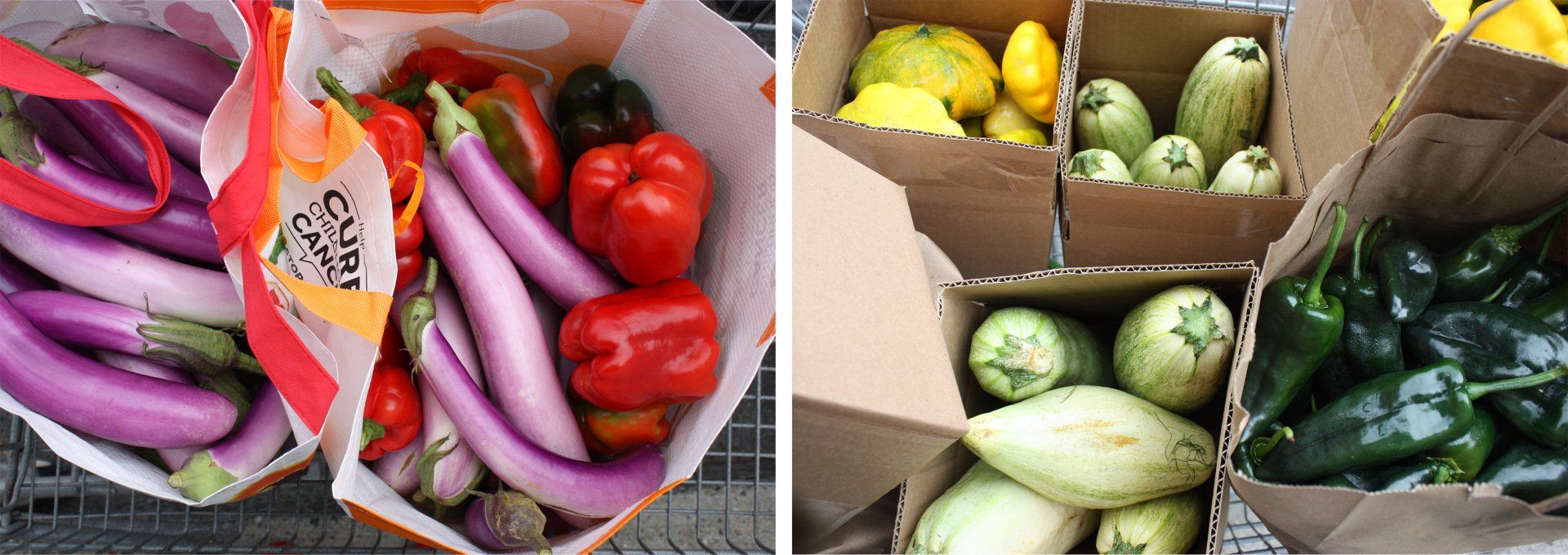How Do Food Pantries Get Food?
Have you ever wondered how food pantries get food and what you should donate to a food pantry? Arthur Holmes, Fred’s Pantry x CHHOP coordinator explains how food arrives at the pantry along with some tips for donating. Holmes notes that there are millions of people who are facing food insecurity. They don’t have money to buy the food they want, instead they buy what is inexpensive as well as foods that can be made to last as long as possible.
Photo by Aida Torpey
Food Bank and Food Pantry: What’s the Difference?
What’s the difference between a food bank and a food pantry? A food bank is a warehouse of food that supplies food pantries. Feeding America and Feeding Westchester are both food banks. Food pantries are community-based organizations that directly serve the public. There are around 200 food banks and 60,000 food pantries in the Unites States connected to Feeding America. Feeding Westchester is part of Feeding America and it works with some 300 pantries in the area.
Fred’s Pantry x CHHOP makes an effort to ensure that there is fresh produce available to its clients. Fresh produce comes from a variety of sources, including through Green Thumb, Feeding Westchester’s produce initiative that delivers fresh vegetables to food pantries every couple of weeks. Green Thumb gets produce from Hunt’s Point Market.
“We need produce,” says Holmes. “Fruits and vegetables are vital. They are what your body needs most for overall health.”
Produce also comes from local Hudson Valley farms including Glynwood, Davoren and Eden Farms. The farms connect with Fred’s Pantry in different ways, some farmers find them online and Holmes reaches out to others to find out if they are willing to donate. “We meet with the farmers and talk. They want information on what to raise for us,” explains Holmes. “The population that visits Fred’s Pantry is about 85 percent Latino and there are certain things they like. We ask for spinach and any kind of greens. Sweet, mild and hot peppers are popular. We also get beans and corn. Cilantro and other herbs are very popular.”
What to Donate
To supplement the farm fresh produce, Holmes goes to different supermarkets and warehouses to get what is needed at the Pantry. Rice is a staple as are all types of beans. In addition, Fred’s Pantry receives donations of food from businesses that are closing. “We try to give people what they like,” comments Holmes. “We try to accommodate people from all backgrounds with different food preferences. We don’t want people to go away with nothing.”
We’ve all seen food drives that take place in local post offices, banks or other businesses and it’s natural to want to donate. The question is always the same: “What should I donate?” Holmes has some pointers on what to donate. “Remember you are donating to another human being. Donate food that is new and unopened. Produce, legumes, plantains and fiber rich foods are always good. Bags of white rice and beans are always good,” concludes Holmes. “I want people to eat well when they get home.”

